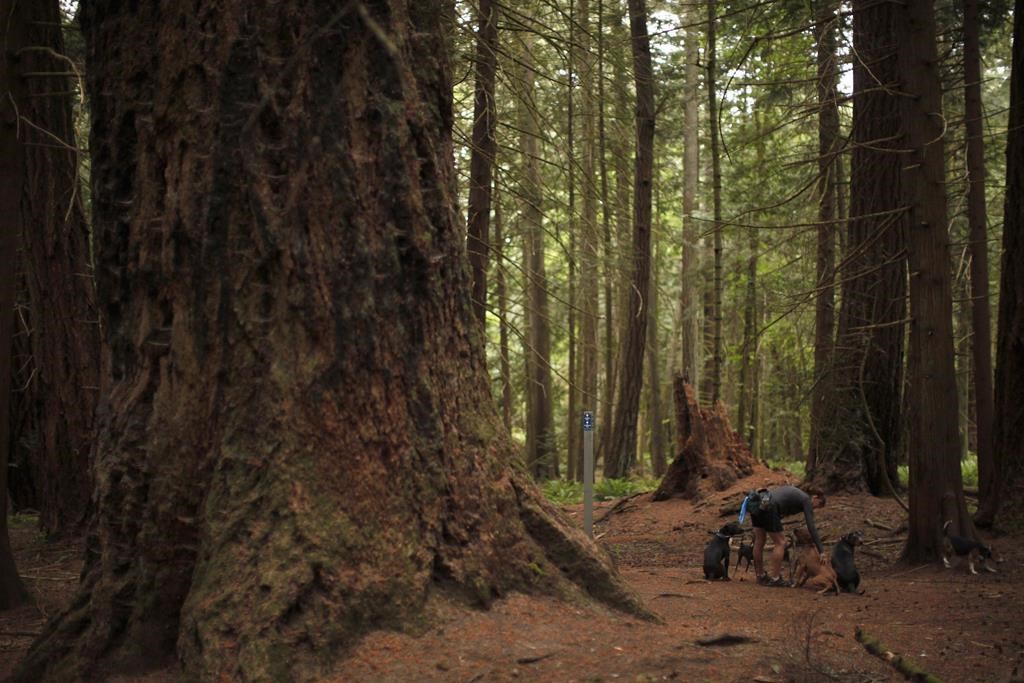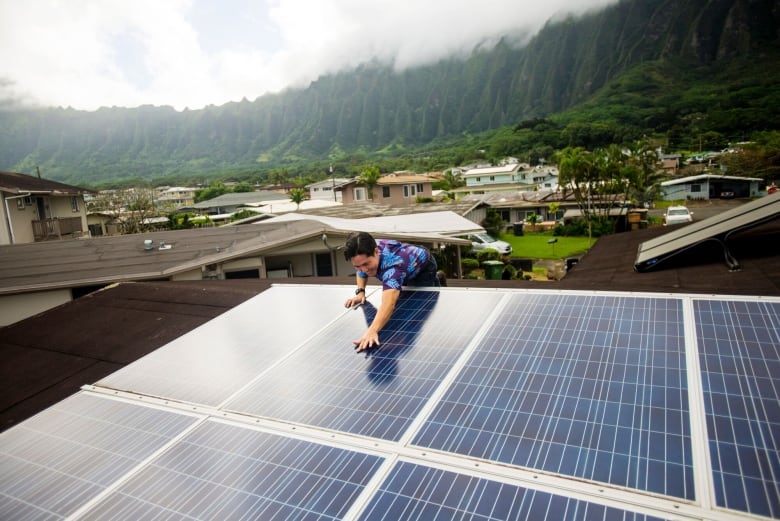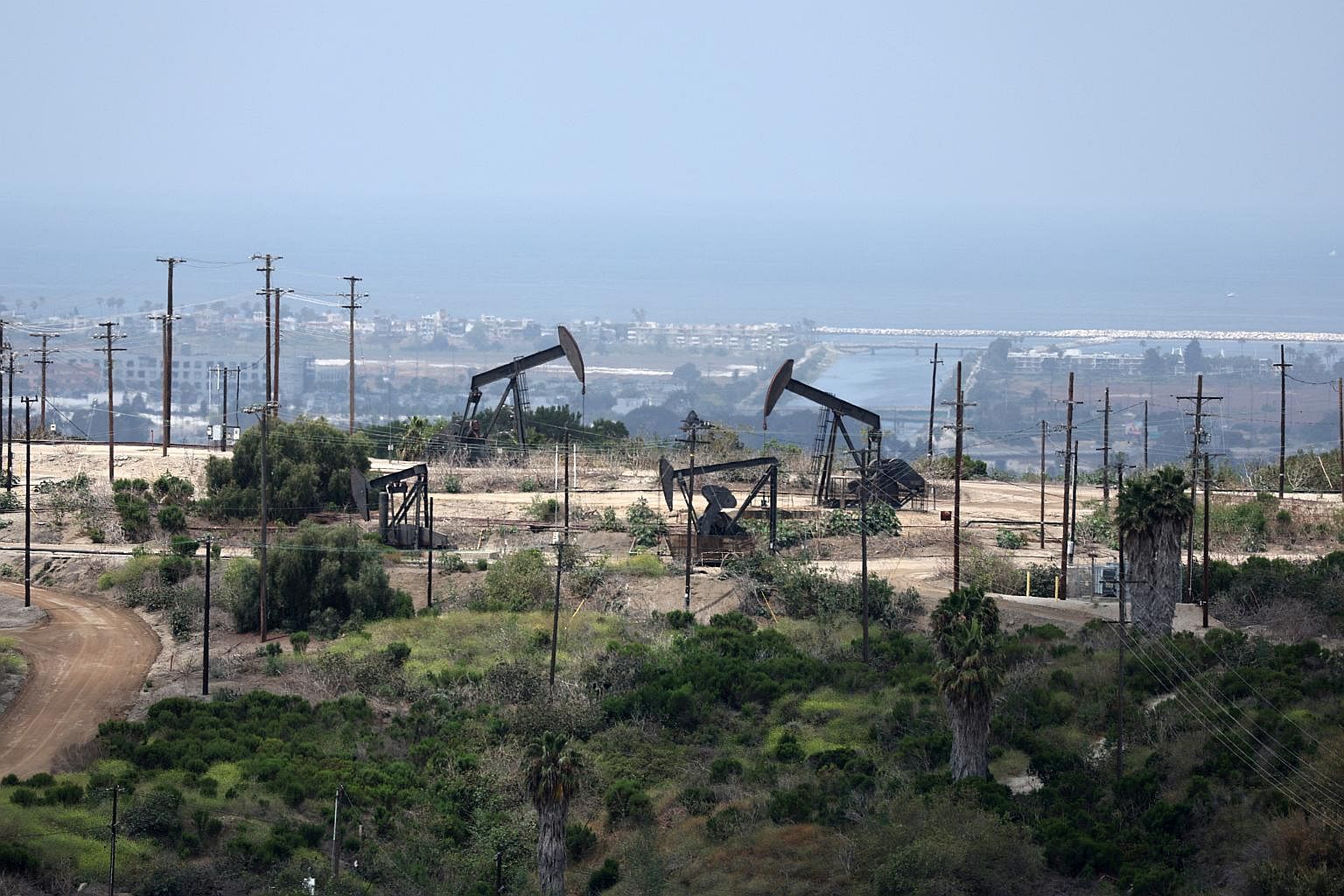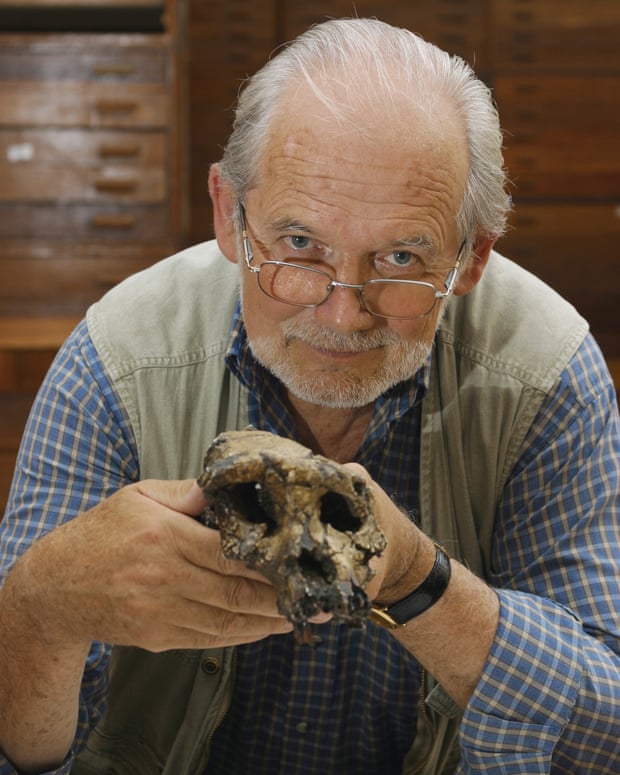Pressure is on to start mining the deep sea. Is it worth it?
A BIG FAT NO
Vancouver-based The Metals Company wants to be 1st to
mine sea floor for critical minerals

A battle is brewing over the future of the ocean floor that pits the fate of this little-known ecosystem against humanity's demand for critical minerals — and a Vancouver company is leading the charge.
The Metals Company (TMC), formerly known as DeepGreen Metals, wants to mine potato-sized rocks known as polymetallic nodules, which contain metals in demand for electric vehicles, solar panels and more.
These nodules lay on the sea floor, some four to six kilometres below the surface and outside the jurisdiction of any country, where the regulatory body, the International Seabed Authority (ISA), has issued exploration permits but never allowed commercial mining.
Despite more than a decade of discussion, the ISA hasn't yet created regulations to let deep-sea mining happen.
But last year, the tiny Pacific Island nation of Nauru, in partnership with TMC, triggered a U.N. treaty provision called the two-year rule that will force the ISA to establish regulations or "provisionally" allow mining anyway in less than a year from now — by July 9, 2023.
While TMC and other firms eager to mine argue deep-sea metals are urgently needed for the clean-energy transition, those opposed — including environmental groups and a trio of Pacific nations — say moving too quickly is likely to risk a sea floor ecosystem that's been millenia in the making.
A new 'age of metals'
The pitch behind deep-sea mining is to meet the demand of what the World Economic Forum calls a new era, where "the Age of Oil draws to a close, and a new 'age of metals' is set to dawn."
Indeed, the International Energy Agency says there will be a "huge increase" in the need for minerals like cobalt, copper, manganese and nickel. They're all found in polymetallic nodules.
By 2024, TMC wants to mine in the Clarion-Clipperton Zone (CCZ), an abyssal plain between Hawaii and Mexico with the highest known concentration of nodules.
According to company documents, a remote-operated vehicle would suck a slurry of nodules and sediment off the sea floor, separate the nodules out for transport to the surface, and release fine clay sediment into the water column.
TMC calls the nodules a "battery in a rock."
"When you start adding up the metal intensity of moving away from fossil fuels … we have to make land-based mining more efficient, but we also have to explore new frontiers," said CEO Gerard Barron in a recent interview with CBC.
"We don't have the luxury of saying 'No' to the ocean."

However, there's disagreement on whether deep-sea mining is necessary.
An analysis by the Institute for Sustainable Futures in Sydney, Australia, looked at various decarbonization scenarios and found demand could be met with known land-based sources and increased recycling.
"The result is always the same: we actually don't need deep-sea mining," said Sven Teske, associate professor at the University of Technology Sydney and research director at the institute.
He thinks efforts and money would be better spent improving the environmental and human rights record of operations on land than turning to the sea.
"We [would] destroy the last untouched environment on our planet with no good reason."
What's down there?
That environment — cold, dark and extremely high pressure — looks quite alien. There isn't a lot of biomass down there, leading some, including Barron, to compare it to a barren desert.
But those who have studied it, such as Craig Smith, a deep-sea ecologist and professor emeritus at the University of Hawaii, say the CCZ is among the most biodiverse places in the abyssal ocean.
"Most of the species, 90 per cent of them, are new to science. Every time we put a sample down, we bring up species that scientists have never seen before," said Smith.

Removing the nodules, which take a million years to grow only a few millimetres, would destroy the habitat for any creature that depends on that patch of sea floor. Sediment plumes clouding the water and noise pollution are also concerns.
A recent paper in Science by Smith and colleagues estimates one mining operation would produce noise at levels known to disturb whales about five kilometres away, and exceed ambient noise levels up to 500 km away.
While Barron says it's a "fairy tale" to expect mining with no impacts, he maintains deep-sea operations could be more sustainable than ones on land.
The ISA has established protected no-mining areas in the CCZ, which Smith says will help maintain biodiversity in the region. However, he's concerned what would happen if all 17 companies with permits to explore in the zone were allowed to mine at once — with noise travelling long distances and reaching fish and migratory whales.
Calls for moratorium
Citing these concerns, environmental groups including MiningWatch Canada have petitioned the Canadian government to support a moratorium on deep-sea mining.
"We definitely need to stop climate change and the heating of the planet. But we have to think about doing it in such a way that doesn't get us from the frying pan into the fire," said Catherine Coumans, Asia-Pacific program co-ordinator for Mining Watch Canada.
In a statement, Global Affairs Canada said the government is working with the ISA on the negotiation of "sound regulations on seabed mining, which will provide effective protection of the marine environment and ongoing monitoring of environmental impacts."
If mining is allowed, Smith would rather see just one operation at first, and for scientists to "study the heck out of it" to understand the impact to the CCZ of chronic disturbances over years.

"I think it's important for humans to preserve the biodiversity in these remarkable habitats," even though few ever experience them, said Smith.
"Most people will never see a whale in their lifetime, but they like the idea of these remarkable organisms existing in the ocean."



















